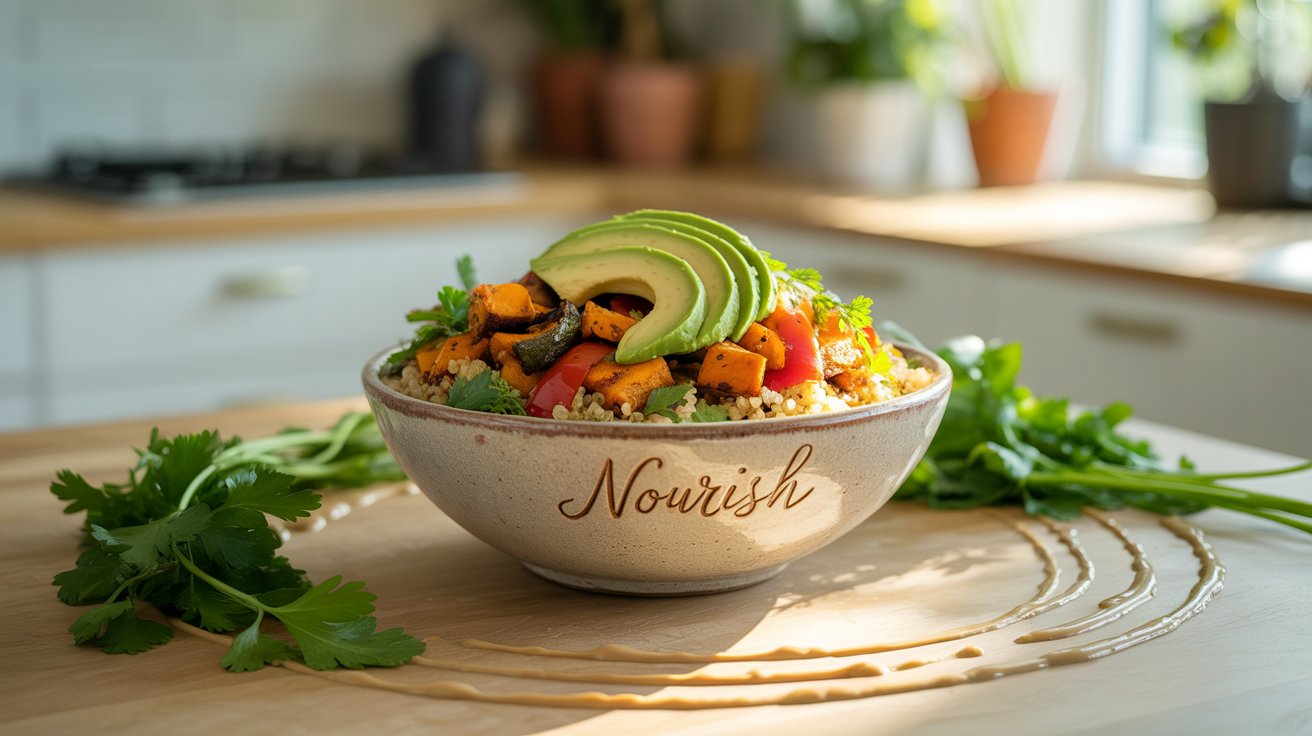Spices transform dishes, adding depth, warmth, and cultural flair. From India’s cumin to Morocco’s saffron, global spices elevate home cooking, turning simple ingredients into vibrant meals. This guide explores sourcing, blending, and cooking with spices to unlock their full potential.
Sourcing Quality Spices
Buy whole spices for maximum flavor—cumin seeds last longer than ground powder. Shop at ethnic markets, online retailers like Spicewalla, or bulk bins for freshness and affordability (e.g., $2 for 100g cumin). Look for vibrant colors and strong aromas—dull spices signal age. Avoid pre-ground blends with fillers; instead, buy single spices and blend at home. Store in airtight containers in a cool, dark place to preserve potency for up to a year.
Blending and Toasting Techniques
Toasting enhances flavor: heat whole spices (e.g., 1 tbsp coriander seeds) in a dry skillet over medium heat for 1-2 minutes until fragrant, then grind with a mortar or spice grinder. Make garam masala: toast 1 tbsp cumin, 1 tsp coriander, ½ tsp cardamom, ½ tsp cloves, 1 cinnamon stick; grind and store. Blends like za’atar (thyme, sesame, sumac) add instant flavor to dips or meats. Experiment with ratios to suit your taste.
Spice-Forward Recipes
For a Moroccan chicken tagine, brown 4 chicken thighs, sauté 1 onion, 2 garlic cloves, 1 tsp ginger; add 1 tsp each cumin, paprika, and cinnamon, 1 cup chickpeas, ½ cup apricots, and 1 cup broth; simmer 30 minutes. Serve with couscous. For Jamaican jerk tofu, marinate tofu in 2 tbsp allspice, 1 tsp thyme, 1 tsp chili powder, and soy sauce; grill 5 minutes per side. These dishes showcase spices’ ability to define cuisine.
Storage and Usage Tips
Store spices away from heat—above the stove accelerates flavor loss. Label containers with purchase dates; replace ground spices every 6-12 months. Use sparingly: ½ tsp cumin can flavor a dish, but 2 tsp overwhelms. Pair spices with cuisines—saffron for Spanish paella, star anise for Vietnamese pho. Online resources like Serious Eats or spice blogs offer pairing ideas. Keep a spice journal to track blends and dishes for consistency.
Cultural and Culinary Impact
Spices have shaped history, from the Silk Road to colonial trade routes. Today, they define global cuisines—think turmeric in Indian curries or smoked paprika in Spanish tapas. Restaurants like Dishoom use spice blends to recreate authentic flavors, while home cooks can explore with affordable ingredients. Per a 2022 Nielsen report, 60% of home cooks experiment with global spices, reflecting their growing accessibility.
Conclusion: Spices are a gateway to global cuisines, transforming meals with minimal effort. By sourcing quality spices, mastering blends, and trying recipes like tagine, you can bring vibrant flavors to your kitchen. Start toasting spices today and spice up your culinary life.
